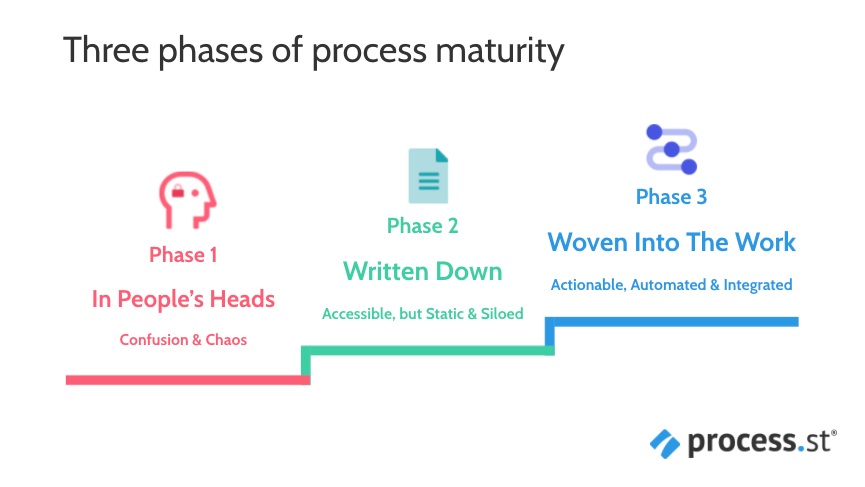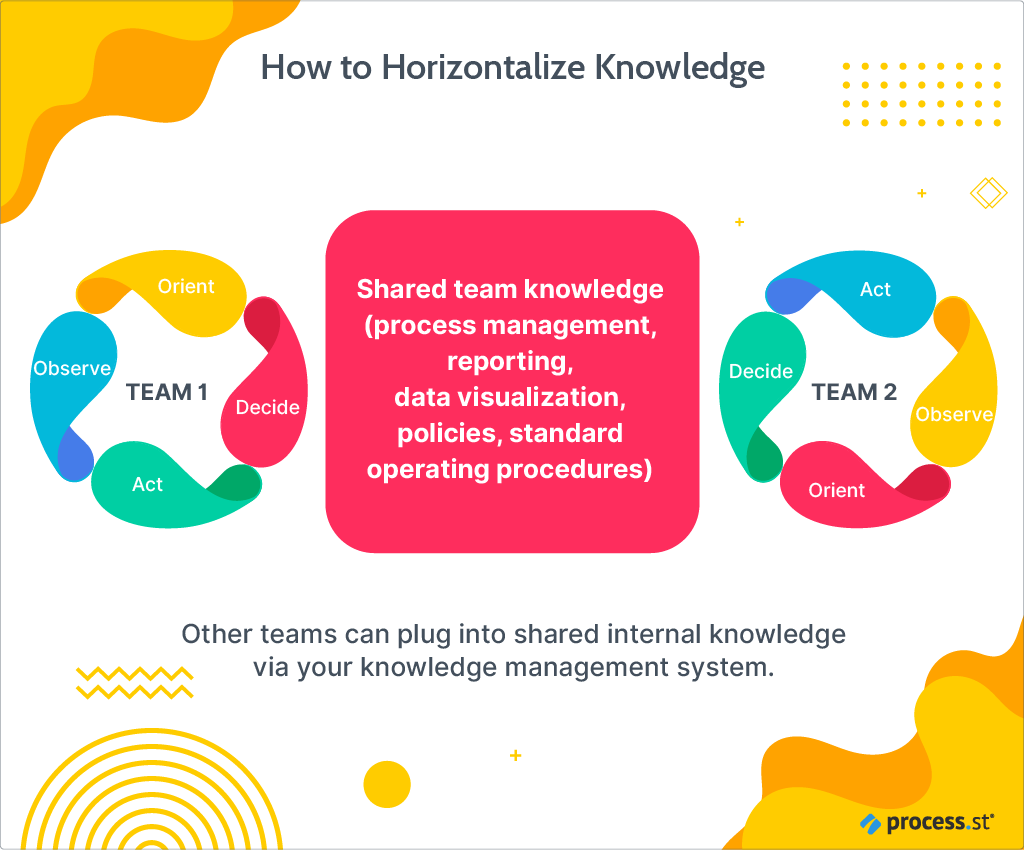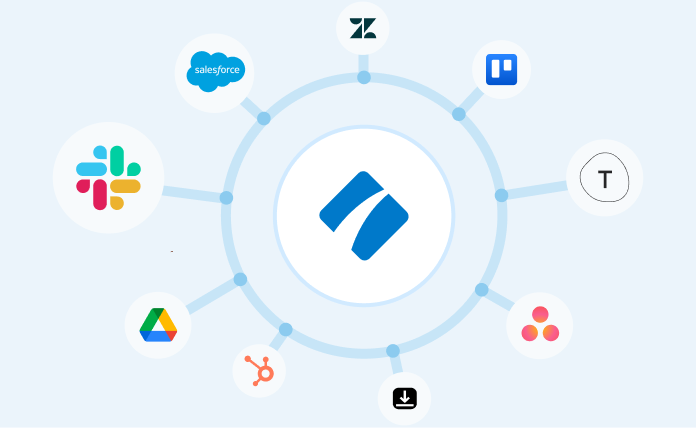
Imagine a military regiment holding a position of key tactical importance, let’s say a bridge. Situational awareness is crucial. The success of the operation depends on access to information that can inform situational awareness, and provide tactical & strategic advantage. In other words, a situation where information is nothing short of vital.
Such a regiment would have access to a large-scale technological intelligence network: aircraft spotters, satellite-mounted motion sensors, heat detectors, and communication eavesdroppers. Commanders with high-bandwidth taps into the supporting intelligence network should have access to vital information to enable decision-making while in the field.
Now let’s imagine that an opposing force seven times the size of this regiment began approaching from three directions. Such a force should not be difficult to detect given the field intelligence available; yet that’s exactly what happened according to David Talbot’s story published in 2004’s MIT Technology Review about the U.S. Army’s 69th Armor Regiment holding a key bridge on the Euphrates River in 2003.
This story perfectly illustrates the problem of vertical vs horizontal knowledge.
The problem was, front-line troops had terrible situational awareness because the flow of information was inhibited by a vertical command-and-control structure (rather than a horizontal flow).
Information had to travel up the chain of command so that major commanders in the rear could interpret it, and then send their decisions back down the line. This resulted in huge latency; the information was there, it just wasn’t getting to the people who needed it when it mattered most.
Talbot’s story goes on to contrast the organizational structure of SPEC-OPS forces organized into small teams of two-dozen; rather than being linked to a single central command, the teams were networked to each other with a designated individual per team responsible for managing flow of information (between their team and the others’).
In these special forces units, flow of information was “flat”, or horizontal; leadership contributions & decision making involved every team member, not just the official designated leader.
In this Process Street article, we’ll be looking at how you can implement horizontal knowledge management in your organization.
- Horizontal vs vertical knowledge
- Achieving operational excellence with horizontal knowledge
- 4 step guide to horizontalize knowledge in your organization
Horizontal vs vertical knowledge
Basil Bernstein, sociologist of education, describes two knowledge structures as “hierarchical” and “horizontal”.
In other words, vertical knowledge refers to your depth of knowledge in a particular area or department. The more knowledge you have in the subject, the greater your vertical in that specific area.
We also use the “vertical” model to think about different departmental or operational verticals, e.g. “HR” and “Customer Success”.
Horizontalizing knowledge is the process of learning and sharing knowledge between these various “verticals” or departments. The idea is that building a culture of horizontal knowledge sharing helps teams better understand and solve problems, and for teams to be more cross-functionally efficient.
In other words, horizontalizing knowledge helps teams work better together.
It’s basically a way to understand problems and identify patterns from multiple different perspectives; sharing knowledge between different departments and facilitating a more systematic understanding of how all of the parts of your business work as a whole.
Achieving operational excellence with horizontal knowledge
Capturing, organizing, and sharing your team’s operational knowledge is how you achieve operational excellence.
Each phase in the image below answers the question: Where does operational knowledge live?

In Phase 1, operational knowledge lives only in people’s heads. This might be fine for very small teams or very simple work. But it really starts falling apart once there is any complexity.
In Phase 2, operational knowledge is written down. But that written-down knowledge isn’t where the work is happening. If a team is relying only on static documents and process diagrams, the team’s operations will still be slow and inconsistent.
Phase 3 is where a team wants to be. In Phase 3, the knowledge is woven into every step of the process, and teams have achieved operational excellence. Every task owner has full information and intuitive tools to help them contribute to a process, in the moment when it’s their turn to contribute. Software helps automate the parts of a process that humans shouldn’t have to do. And every process stakeholder has visibility into the current status of each running process.
4 step guide to horizontalize knowledge in your organization
Horizontalizing knowledge is all about providing your teams with access to resources that they can use to do better work & support the work of parallel teams. If your goal is to horizontalize knowledge in your organization, your first step is to establish what knowledge is owned by which teams, and improve the access & legibility of that knowledge so that more teams can leverage it.
Step 1: Establish clear knowledge ownership
Information is the lifeblood of your organization. But it doesn’t just magically appear out of thin air; someone (often multiple people) will need to own the processes and systems that output actionable knowledge.
Ownership means being responsible for the maintenance of systems, policies and procedures, and ensuring channels for access to relevant organizational knowledge don’t lapse into disrepair.
Organizational knowledge can take many forms, like:
- Internal processes used by your team
- More formally defined standard operating procedures (SOPs)
- Policies & handbooks that detail best practices, guidelines, or even lists of internal processes
Step 2: Clearly document important internal knowledge
Once you have clarity on knowledge ownership, it’s time to document your most important internal knowledge.
Start by determining your most important processes and guidelines, and document them as clearly as possible. You can document them however you like; just remember to consider how other teams and individuals in your organization will access that knowledge, and how you can make that as easy as possible for them.
Step 3: Provide immediate, frictionless access to internal knowledge
Once you have begun to build your knowledge base internally, the next problem to solve is how to provide access to the rest of your organization. Horizontal knowledge means there should be as little friction as possible for anyone in any department to gain access.
That doesn’t mean providing passwords and sensitive information to every employee in the company; obviously access and permissions still need to be considered and adequately assigned. Rather, frictionless access means giving access to whoever needs it, and making that as seamless and straightforward as possible.
Step 4: Use a powerful modern process management tool

Many of the problems above could be solved by using a modern process management platform like Process Street.
Internal knowledge can be quickly and effortlessly recorded with Process Street’s intuitive no-code editor, in the form of either Workflows or Pages.
Workflows are actionable; they’re the processes that your organization uses every day to function.
Pages is your completely free home for process documentation and team knowledge. Make your teams truly process-led by getting everyone easy access to the right process documentation. Anyone in your company can create a free Process Street account and enjoy unlimited access to Pages.
Start by documenting a process in Pages. Then build a workflow to bring your process knowledge to life. Link Pages and Workflows together to keep everyone on the same page.
Easy access and collaboration means that Process Street is a great solution for achieving truly horizontal knowledge in your organization.
Process Street has allowed us to become very innovative and agile, not only across teams but across the globe. This facilitation of collaboration and alignment has been a huge win for us and our customers at Salesforce. – Alex Hauer | Senior Success Consultant at Salesforce
Sign up for a free Process Street account to try our workflow management software for yourself!Is your organization horizontal? How do you manage internal team knowledge? Leave a comment & let us know!







 Workflows
Workflows Forms
Forms Data Sets
Data Sets Pages
Pages Process AI
Process AI Automations
Automations Analytics
Analytics Apps
Apps Integrations
Integrations
 Property management
Property management
 Human resources
Human resources
 Customer management
Customer management
 Information technology
Information technology



Oliver Peterson
Oliver Peterson is a content writer for Process Street with an interest in systems and processes, attempting to use them as tools for taking apart problems and gaining insight into building robust, lasting solutions.